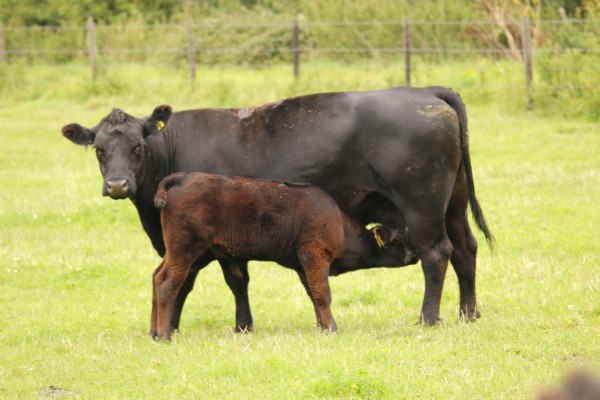

Due to prolonged dry weather many long term leys and permanent pastures have been over grazed recently by cattle, sheep and horses. This is especially the case in the drought-affected regions of the south and east of the UK.
Grassland that is continually close grazed will not bulk up in the spring as well as those that are allowed a period of recovery, resulting in lower total yields across the growing season and, potentially, long term sward damage.
As a result of this, many farmers consider that rotational grazing systems do better in dry years. This is, of course, not as simple as continuous set stocking but the benefits of producing more grass are well worth the extra management time. Smaller paddocks are ideal but electric fencing can be used to obtain great results with large fields. Back fencing to shut off leys behind the herd or flock also promotes quicker recovery and regrowth so maximising yields.
Allowing around four to five weeks regrowth between grazings will make a significant difference to the yield of grazing - or cutting - grass available. There is some good advice from Eblex too on managing grazing and forage during drought.
Date Posted: 20th August 2013



